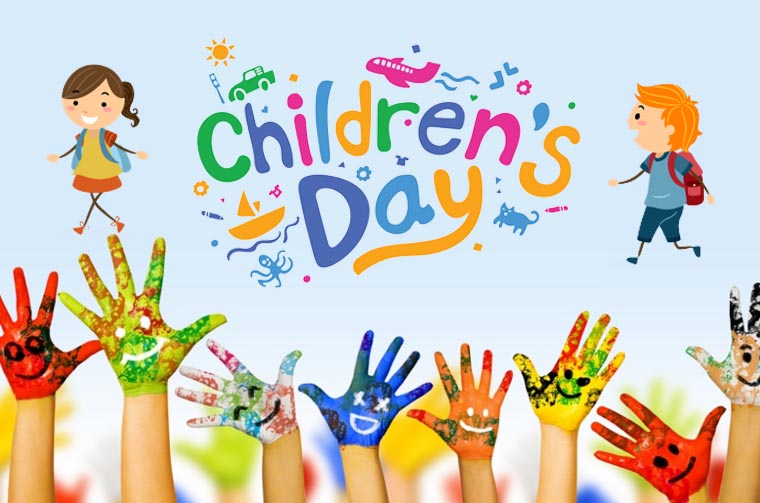 Celebrating Children’s Day
Celebrating Children’s Day
Honoring the Future
Children’s Day is a special occasion dedicated to celebrating the joys of childhood and promoting the welfare and rights of children around the world. Observed on various dates globally, this day is an opportunity to recognize the importance of nurturing the younger generation and ensuring they grow up in a safe, healthy, and supportive environment.
This article explores the history, significance, and ways of celebrating Children’s Day, highlighting its role in fostering a better future for all children.
1. History of Children’s Day
The origins of Children’s Day can be traced back to different cultural and historical contexts. The concept began in the early 20th century, when various countries started to dedicate a day to celebrate children and their well-being. Some key milestones include:
- International Children’s Day: First proclaimed in 1925 at the World Conference on Child Welfare in Geneva, Switzerland, and widely celebrated on June 1st.
- Universal Children’s Day: Established by the United Nations General Assembly in 1954, this day is observed on November 20th. It marks the adoption of the Declaration of the Rights of the Child in 1959 and the Convention on the Rights of the Child in 1989.
Each country may have its own unique date and traditions for Children’s Day, but the core objective remains consistent: to promote the rights and well-being of children.
2. Significance of Children’s Day
Children’s Day holds profound significance for several reasons:
- Raising Awareness: It highlights the importance of children’s rights and the need to protect them from harm, exploitation, and neglect.
- Promoting Education: Emphasizes the value of education in empowering children and breaking the cycle of poverty.
- Encouraging Inclusivity: Advocates for the inclusion of all children, regardless of their background, abilities, or circumstances.
- Fostering Joy and Creativity: Celebrates the innocence and creativity of children, encouraging them to explore and express themselves freely.
By acknowledging these aspects, Children’s Day serves as a reminder of the collective responsibility to nurture and protect the younger generation.
3. Ways to Celebrate Children’s Day
There are numerous ways to celebrate Children’s Day, ranging from fun activities to educational initiatives:
- Community Events: Organize local events such as fairs, sports competitions, or cultural performances to bring children together and celebrate their talents.
- Educational Workshops: Conduct workshops on children’s rights, environmental conservation, or creative arts to engage and educate young minds.
- Family Activities: Spend quality time with children through activities like picnics, storytelling sessions, or crafting projects. These moments strengthen family bonds and create lasting memories.
- Charity and Volunteering: Support organizations that work for child welfare by volunteering your time or making donations. Helping underprivileged children can make a significant difference in their lives.
- Advocacy Campaigns: Raise awareness about children’s issues through social media, community discussions, or school projects. Advocacy can drive change and improve policies affecting children’s lives.
4. The Role of Society in Supporting Children
Society plays a crucial role in the holistic development of children. Key areas of focus include:
- Access to Quality Education: Ensuring that every child has access to quality education is fundamental to their development and future opportunities.
- Healthcare and Nutrition: Providing adequate healthcare and nutrition is essential for physical and mental growth.
- Safe and supportive environments: creating safe spaces at home, school, and in the community where children can learn and play without fear.
- Psychosocial Support: Addressing mental health needs and providing support for emotional well-being.
Communities, governments, and organizations must work collaboratively to address these areas and create a nurturing environment for children.
Conclusion
Children’s Day is more than just a celebration; it is a call to action to support and protect the youngest members of our society. By honoring their rights and needs, we lay the foundation for a brighter, more equitable future. Whether through joyous celebrations or serious advocacy, each effort contributes to the well-being of children and the realization of their full potential. Let us use this day as a reminder of the importance of our collective duty to foster a world where every child can thrive.
